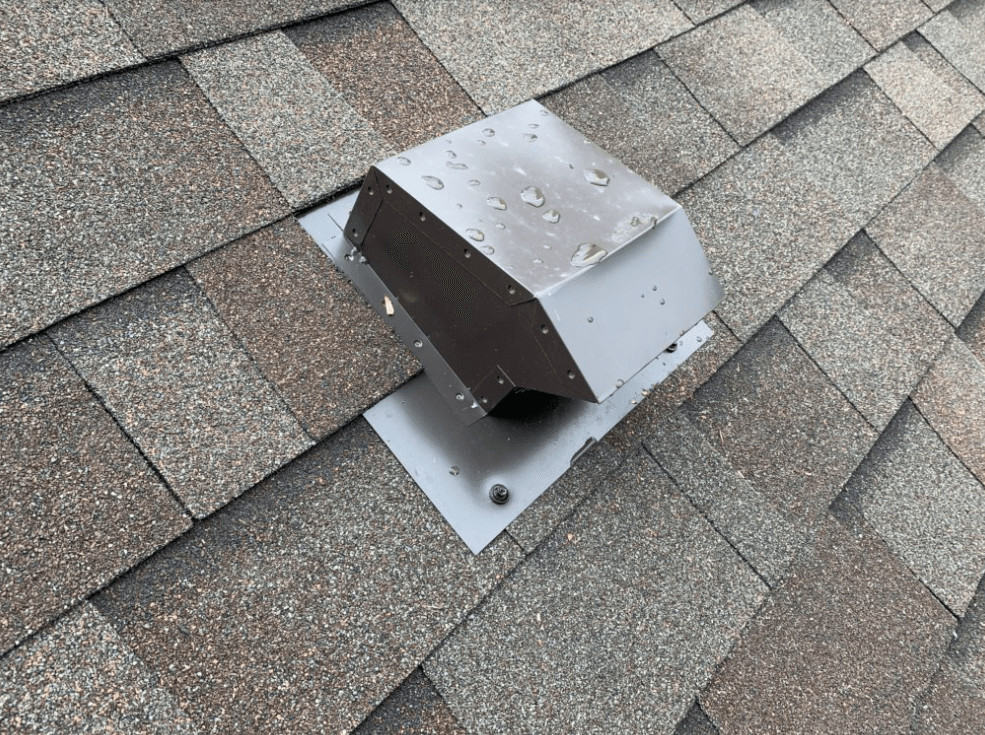If you’re going to hire a contractor to replace the roof on your home, you’ll likely be talking to more than one. Each contractor will give you a different price, sometimes much higher or lower than the others. To make things worse they will all use different verbiage too.
So how do you compare their bids with each other? How do you know you’re comparing apples to apples and not apples to oranges?
One of the most common things we see is homeowners receiving incomplete bids that aren’t as thorough as they need to be to ensure a job well done. There’s a lot of room left for interpretation, which never turns up in the favor of you, the client.
Unfortunately, we don’t live in a handshake society anymore. You (the homeowner) must ensure you’re protected, and all items are plainly laid out. You can’t just assume you’re getting what you hope you’ll get.
Here’s what a normal bid from our company can contain:
- Tear off the existing roof (1 layer) and haul away
- Apply Ice/water shield to all eaves
- Apply heavyweight felt paper
- Install new colored edge metal trim
- Install colored vents
- Install new plumbing seals
- Install lifetime laminated shingle using 1 1/4 nails
- Clean the job site of all roofing debris
- 15-year workmanship warranty
If you get 3 bids, there’s a good chance 2 or all 3 will look very similar to this.
So what’s missing? We compared our contract with the estimate and came up with these 21 items that aren’t talked about or are left out.
1. Insurance – no proof of liability or workers comp insurance
2. Permit is not included – what else is not included?
3. Tear off – are they tearing off all the existing felt paper and inspecting the deck for damage?
4. Tear off – do they use tarps? what happens if they destroy something? Will they protect the property?
5. Damaged plywood – If there is a small amount of damaged plywood (not the whole roof), how much will they charge to replace each sheet?
6. Ice shield – doesn’t specify quality – needs to go on eaves up to 24″ inside the exterior wall, in valleys, step flashings/chimney, around pipe flashings.
They have “on eaves” – what does that mean?
7. Heavyweight Felt Paper – Doesn’t specify the brand, type, or weight of felt paper, and it’s probably organic felt paper, which we don’t recommend.
8. New colored edge metal trim – doesn’t specify type. To meet the code it has to be a minimum 2″ going back on the roof. 1 3/8″ G metal is still commonly used despite not meeting the code.
9. Colored vents – doesn’t specify metal or plastic; assume plastic. Also doesn’t say it will match the roof.
10. New plumbing seals – This doesn’t specify new flashings, just new seals. Also, probably the cheap metal flashings with the rubber boots that wear out quickly. All metal flashings are recommended.
11. Lifetime shingle – no brand mentioned; also, how many nails per shingle are they using? A lifetime warranty is very different from a limited lifetime, which is the standard for shingles.
12. Clean the job site of all roofing debris – If there’s some left, will they come to get it? Do they guarantee you’ll have a clean area after it’s finished?
13. 15-year workmanship warranty – What does that mean? There are no specifications on what it actually covers. What it covers is completely up for interpretation by the owner of the company because it’s not plainly laid out.
14. Item missing: No mention of valley metal (or ice shield in the valley) – many leaks occur in valleys where there is a high amount of water flow.
15 Item missing: No mention of front or side wall flashings – are they re-using? Many leaks are caused by defective, old, or mis-installed flashings.
16. Item missing: There is no mention of chimney flashing replacement – step flashing or counter-flashing.
17. Item missing: No mention of skylight flashing – 2 skylights on the roof are old and must be replaced. The flashing should definitely replaced at the time of roof installation.
18. Item missing: No mention of a starter.
19. Item missing: No mention of ridge cap.
20. Item missing: No mention of additional ventilation being installed. The home needs approximately 200 sq in more ventilation to meet code requirements.
21. Price is not guaranteed: Whenever you get an “estimate” it’s usually just that – an estimate of what it will cost. If it costs more don’t be surprised if you get a higher bill than the estimate given. After all, it was just a guess.
Without a written contract, many things are up for interpretation by the contractor and leave room for things to be added after work begins.
Contact Us For a Roof Quote
That’s one of the reasons we use a full 5-page written and detailed contract that shows exactly what you will get when we replace your roof. We also provide a guaranteed price instead of an “estimate” that is subject to change. So you know what you’ll be paying before we ever start.




